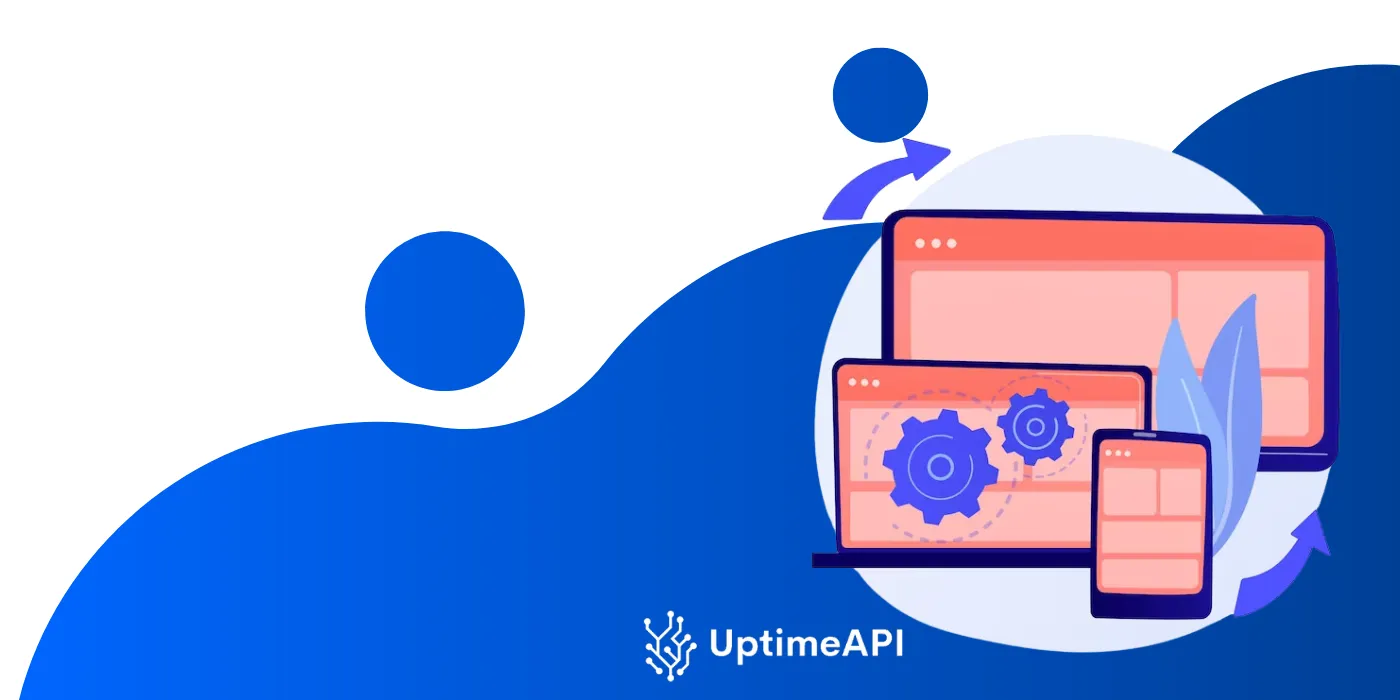API Monitoring Tools: Try It Now

In today's fast-paced digital landscape, the reliability and performance of APIs (Application Programming Interfaces) are critical for the smooth functioning of various applications and services. With the increasing complexity of software systems and the growing number of dependencies on external APIs, monitoring these APIs becomes indispensable. Enter API monitoring tools – essential instruments for developers and businesses to ensure the seamless operation of their applications.
What are API Monitoring Tools?
API monitoring tools are software solutions designed to track and analyze the performance, availability, and functionality of APIs. These tools help developers and IT professionals identify issues such as latency, errors, and downtime, allowing them to proactively address potential problems before they impact end-users.
Why API Monitoring Matters
In today's interconnected digital ecosystem, APIs serve as the backbone of many applications, enabling seamless communication and data exchange between different software components. Any disruption or degradation in API performance can lead to service outages, user dissatisfaction, and even financial losses for businesses. API monitoring tools play a crucial role in ensuring the reliability and availability of these critical interfaces.
Key Features of API Monitoring Tools
- Real-time Monitoring: API monitoring tools provide real-time insights into the performance of APIs, allowing developers to detect issues as soon as they occur. By continuously monitoring key metrics such as response time and error rates, these tools enable proactive problem-solving and rapid resolution of issues.
- Alerting and Notification: To ensure timely action, API monitoring tools come equipped with alerting mechanisms that notify developers and IT teams about performance anomalies or service disruptions. Alerts can be delivered via email, SMS, or integration with collaboration platforms such as Slack, enabling swift response to incidents.
- Performance Metrics: From latency and throughput to error rates and API usage, monitoring tools offer a comprehensive set of performance metrics to gauge the health of APIs. By tracking these metrics over time, developers can identify trends, optimize performance, and make informed decisions about capacity planning and resource allocation.
- Historical Data Analysis: API monitoring tools store historical data on API performance, allowing developers to analyze trends and patterns over time. By leveraging this historical perspective, teams can identify recurring issues, track the impact of changes, and make data-driven decisions to improve API reliability and efficiency.
- Integration Capabilities: Many API monitoring tools offer seamless integration with other DevOps and monitoring tools, such as APM (Application Performance Monitoring) solutions and incident management platforms. This integration enables streamlined workflows, centralized monitoring, and enhanced collaboration across teams.
Choosing the Right API Monitoring Tool
When selecting an API monitoring tool for your organization, consider the following factors:
- Ease of Use: Look for a tool that offers a user-friendly interface and intuitive navigation, ensuring that developers and IT teams can easily set up monitoring, interpret results, and take appropriate actions.
- Customization Options: Seek a monitoring tool that allows for customization of alerts, dashboards, and reports to align with your specific requirements and workflows. Flexibility in configuration ensures that you can tailor the tool to suit your unique monitoring needs.
- Scalability and Performance: Ensure that the monitoring tool can scale alongside your growing API infrastructure and handle increasing traffic and complexity without compromising performance or reliability.
- Cost and Licensing: Consider the cost implications and licensing models associated with the monitoring tool, including factors such as subscription fees, usage-based pricing, and support options. Choose a solution that offers transparent pricing and provides value for your investment.
- Community and Support: Evaluate the vendor's reputation, customer reviews, and level of community support for the monitoring tool. Opt for a vendor with a strong track record of reliability, responsiveness, and ongoing product development.
Try Uptime API Now
One API monitoring tool that stands out in the market is Uptime API. With its user-friendly interface, robust features, and seamless integration capabilities, Uptime API empowers developers and businesses to monitor their APIs with ease and efficiency.
Key Benefits of Uptime API
- Instant Setup: With Uptime API, you can start monitoring your APIs in seconds, thanks to its intuitive setup process and hassle-free configuration.
- Real-time Alerts: Stay informed about API performance issues with real-time alerts delivered via email, SMS, or Slack, ensuring prompt action and minimal downtime.
- Comprehensive Metrics: Monitor key performance metrics such as response time, uptime, and error rates, gaining actionable insights into the health of your APIs.
- Historical Data Analysis: Leverage Uptime API's historical data analysis capabilities to track performance trends, identify patterns, and optimize API reliability over time.
- Seamless Integration: Integrate Uptime API with your existing DevOps toolchain, including APM solutions and incident management platforms, for streamlined workflows and enhanced collaboration.
Get Started with Uptime API Today
Whether you're a developer looking to ensure the reliability of your APIs or a business seeking to deliver exceptional user experiences, Uptime API has you covered. Try Uptime API now and experience the peace of mind that comes with proactive API monitoring.

In conclusion, API monitoring tools play a crucial role in maintaining the reliability, availability, and performance of APIs in today's digital landscape. By leveraging the right monitoring tool, such as Uptime API, organizations can proactively identify and address API issues, ensuring seamless operation and optimal user experiences. Try Uptime API now and take your API monitoring to the next level.